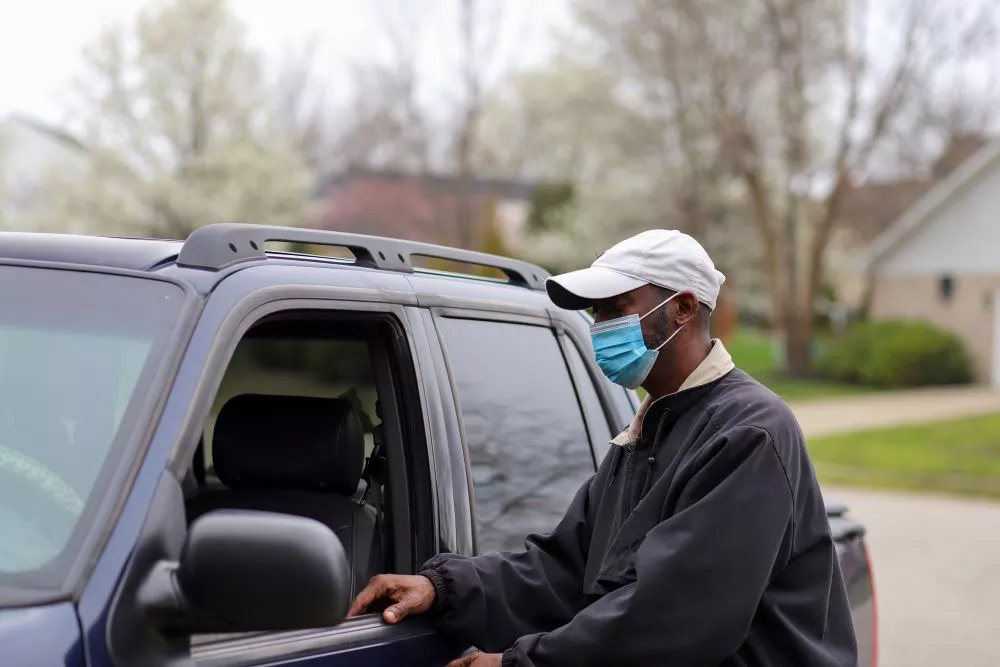Racial health disparities highlighted by COVID-19

Why are African American and Black people being hospitalized and dying more often during COVID-19?
While everyone is at risk of contracting COVID-19, the CDC says history proves severe illness and death rates tend to be higher for certain groups, especially racial minority populations, during public health emergencies.
Black Americans represent only 13 percent of the U.S. population, yet they make up nearly 33 percent of hospitalized cases of COVID-19, according to research from Johns Hopkins University.
Here in Iowa, according to the COVID Tracking Project Racial Data Dashboard, Black Iowans comprise about 4% of the state population but 11% of COVID-19 cases and 5% of COVID-19 deaths in the state.
What factors are in play to account for such a difference? And how can health care providers work to address these disparities?
UI Health Care has established a Diversity, Equity and Inclusion Task Force charged with developing recommendations for achieving meaningful change within the organization.
The task force includes a work group that will, among other things, focus on racial disparities in health care. As a prelude to that important work, and to help understand the historical context for disparities in health care, three University of Iowa Health Care providers shared their views on racial disparities during COVID-19.
Social determinants of health
It’s important to understand the condition of health for Black Americans during this pandemic, according to Janette Taylor, PhD, RN, WHCNP-BC, FAAN, an associate professor in the College of Nursing. Her research has focused on race and ethnicity as a variable in nursing research.
Taylor defined the social determinants of health as the conditions in which people are born, live, learn, work, play, and worship that affect the quality of life and health. She said there are community and societal dynamics at play in communities.
For example, she says, if one looks at the dollar amount women make compared to men, white women make roughly 81 cents to the dollar.
“When we move that into women of color, particularly African American women, we are making about 62 cents for every dollar paid to a white male,” she says.
That income difference influences what African American women can buy, where they live, what food choices they make, and the health care they receive.
Scientific importance of addressing clinical biases in COVID-19
All too often, physicians talk about the disadvantages patients face and how providers are trying to remedy the problem. Yet, these approaches often aren’t effective, says Martha Carvour, MD, PhD, an assistant professor in internal medicine, infectious disease, as well as the College of Public Health.
COVID-19 is an example of this.
“We have an opportunity to intervene right now in the setting of a pandemic where there are marked racial and ethnic health disparities, particularly impacting the Black or African American community,” she says.
When it comes to COVID mortality, the disparity actually deepens.
“One in 1,600 Black Americans has already died of COVID in the first half of 2020,” she says, and “this is per capita and not per infection.” In comparison, that number is one in 3,800 for both white and Asian Americans.
Carvour says, going forward, we must maximize the likelihood of good outcomes for all patients. She encourages her colleagues to use the resources from the CCOM Office of Diversity, Equity and Inclusion and to have open and honest conversations about bias during COVID-19.